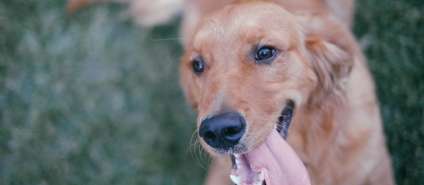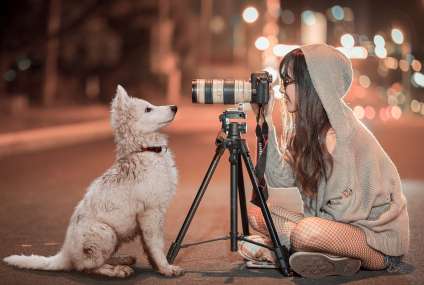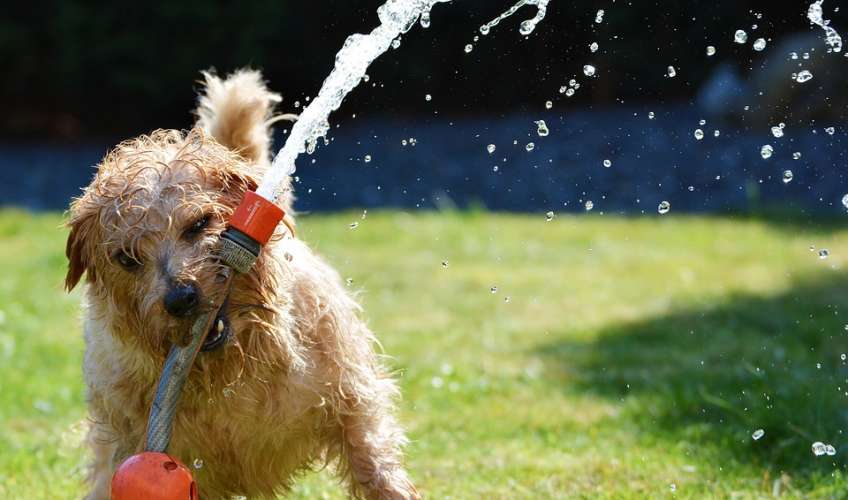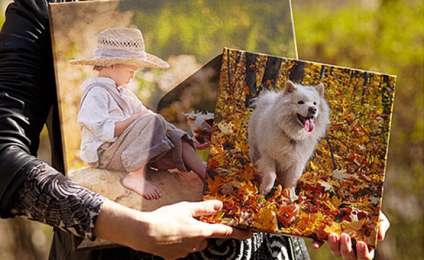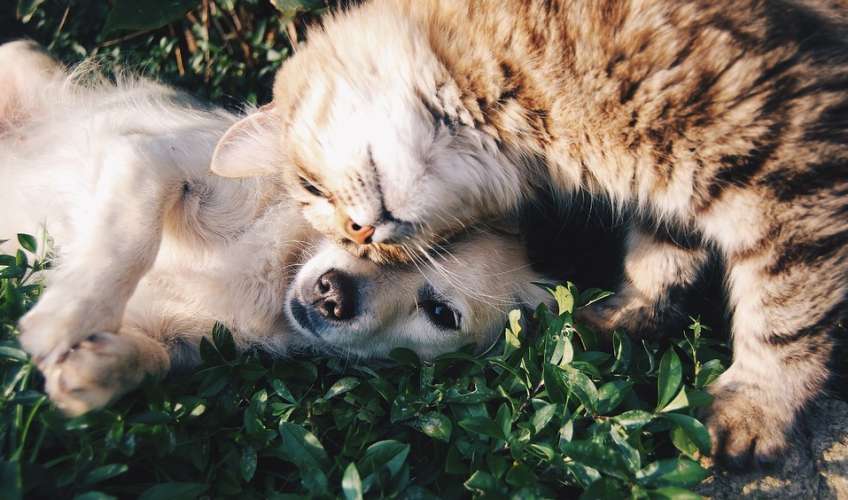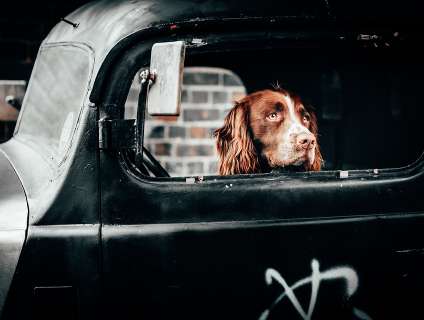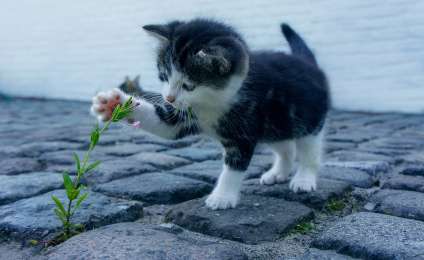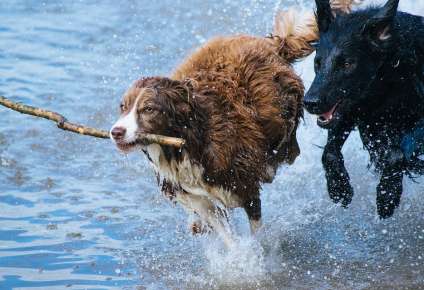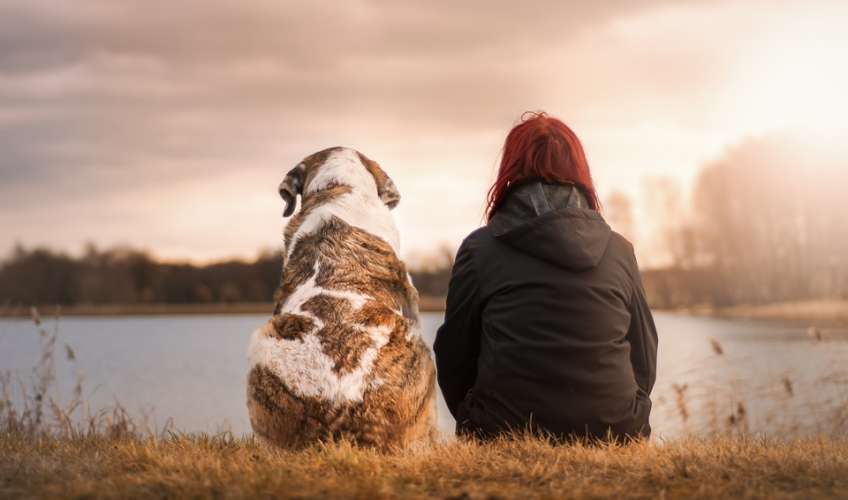How to photograph pets
Published: 19.11.2019
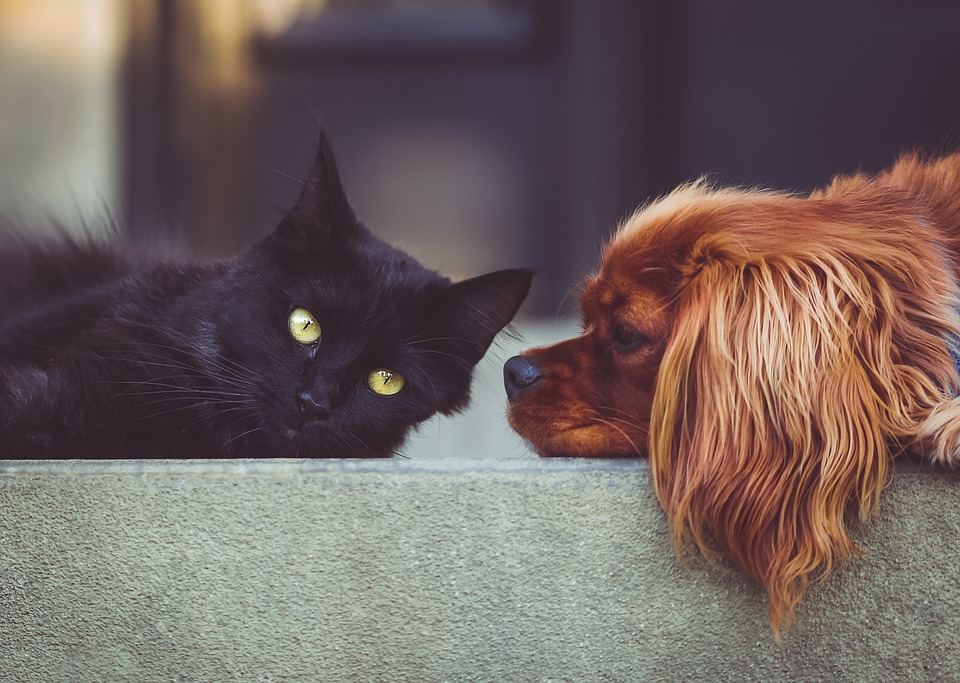
Photographing animals is very difficult. You can ask a person to pose in a certain way, but, for example, dogs are much more interested in food, toys, or squirrels nearby.
Most pet owners ignore this obvious logic and try to take pictures of their pets.
To prevent photographing pets from turning into an extreme experience, read our tips on how to capture great shots of your beloved animals.
Natural photos
Staged, studio animal photoshoots work, but they look a bit strange. What dog lies in a perfect white room? More likely, it leaves dirty paw prints on all the carpets. So, photograph animals in their familiar places. Take a dog, horse, or other curious animal outdoors. Take photos of domestic cats, rats, budgies, or hamsters in their favorite resting spot.
Technical point
Technically, there is nothing supernatural or special about shooting pets. You can use any lens, camera, and settings.
However, there is one thing that works great when shooting animals - aperture priority mode with an aperture value of around f/5.6. This provides a shallow depth of field, so the focus remains sharp and the images turn out interesting.
For shooting moving animals, keep the exposure at around 1/100 of a second or faster. When photographing calm and relaxed pets, you have more time for adjustments, so you can experiment.
Create a Light album from cool photos. You don't need to print the photos separately for this. We will print your photos directly on the pages of the Light album. Upload images to the free editor Mapi7 and create a themed Light album. You can upload photos from your phone.
Useful tips and little tricks
A cool photo of pets is a voluminous game. The more different shots you take, the higher the chance of getting an amazing shot. Use the burst mode if your phone or camera supports it. Constantly keep an eye on the beautiful picture with your pet. Take a picture, no matter what you have on hand - a digital SLR camera or a smartphone.
Take photos while animals are playing and going about their business. It is in these moments that great photos are born.
Take photos of your pet outdoors in bright light. The hours during sunrise or sunset work great. A cloudy day can also give you good flat light for photos.
Get down to the level of the animals. You will see the world as they see it. If you shoot from above, the only background will be the floor or the ground.
Each photo is a masterpiece! Don't hide unique shots from viewers in your phones and cameras. A worthy way to showcase your talent and preserve memories is to print photos on canvas.
To shoot indoors, place the animal near a window. The light coming through the glass will create interesting highlights.
Ask a friend or family member to "pose" as the animal so that the pet looks at the camera long enough for you to take a picture.
Treats can work, but they are not always reliable. Often dogs come too close to the camera. See if treats work with your pets.
You can always use Photoshop to remove unwanted details from your photos.
You will become incredibly patient.
In any genre of photography, taking a great photo is not easy. But capturing animals makes this process even more difficult, adding uncontrollable animals to the already complex equation.
Household pets rarely listen to instructions. Even if pets follow commands, they will not respond to your requests like 'Please smile' or 'Could you lift your ears a bit so I can take an elegant photo?' Because of this, you have to adapt to their impulses and become more patient.
Photographers love to keep everything under control. It's nice to know that your model understands your needs and is ready to help achieve great results. But this is almost impossible to achieve when it comes to animals. Shooting pets is a fantastic opportunity to learn patience.
You will understand when to start taking photos.
Pets are undeniably photogenic, so it is very tempting to take pictures of them all the time. However, this temptation can lead to an inability to make the right decision.
If all your photos look the same, it will be difficult for you to visually determine an attractive shot. Paradoxically, the more photos you take with your pet, the less temptation there is to impulsively press the shutter button.
Once you learn to focus on composition, depth of field, and emotions, the photograph will turn out with the perfect balance of tastiness and style. Understanding the right moment will save you a lot of time and energy in other situations. For example, when photographing people, you will stop focusing on just a very beautiful shot.
This does not mean that impulsive photos are not needed, but a combination of patience, focus, and spontaneity yields better results in any genre of photography.
You will improve your relationship with the light.
Unlike nature and people, animals will not wait for you to take a photo. Active pets will constantly make you adjust the camera settings and find the most pleasant light.
Light is a complex thing to master. That's why experiments with lighting, where pets act as models, will inevitably turn you into a better photographer. By following your pet and adapting to different lighting conditions, you hone your photography skills.
You will learn to photograph love.
Photos of the whole family with a beloved pet will definitely appear in your photo archive. The unconditional love of the pet towards people helps to document sincere relationships in the best way.
Pets are not shy to show joy and love. They are amazing models for beginner family and portrait photographers.
Any photograph is equally complex and enjoyable. But photographing pets is capable of melting the coldest of hearts. You just need one or two great photos, and you have years to get them.

